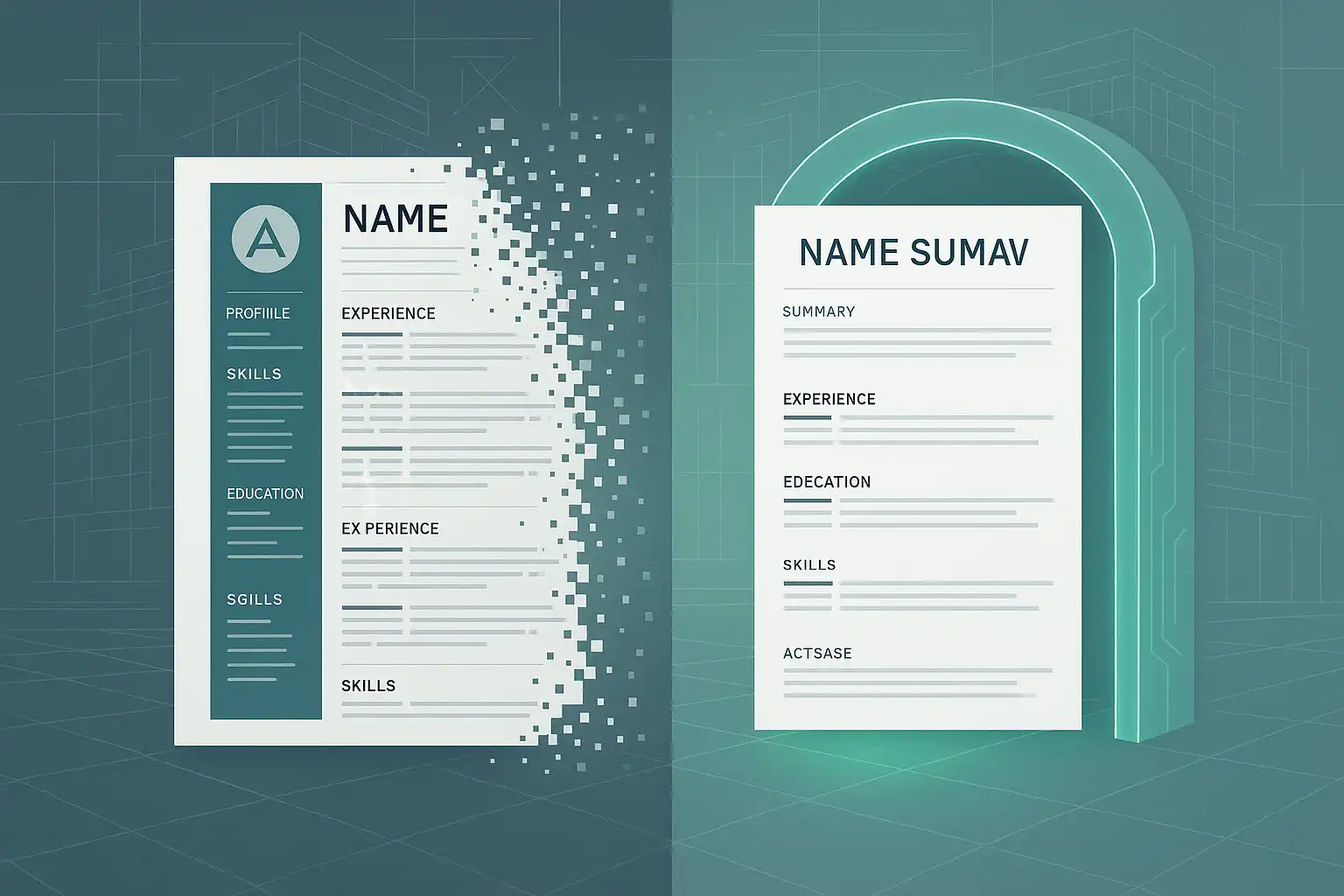- Home
- Articles
- Architectural Portfolio
- Architectral Presentation
- Inspirational Stories
- Architecture News
- Visualization
- BIM Industry
- Facade Design
- Parametric Design
- Career
- Landscape Architecture
- Construction
- Artificial Intelligence
- Sketching
- Design Softwares
- Diagrams
- Writing
- Architectural Tips
- Sustainability
- Courses
- Concept
- Technology
- History & Heritage
- Future of Architecture
- Guides & How-To
- Art & Culture
- Projects
- Interior Design
- Competitions
- Jobs
- Store
- Tools
- More
- Home
- Articles
- Architectural Portfolio
- Architectral Presentation
- Inspirational Stories
- Architecture News
- Visualization
- BIM Industry
- Facade Design
- Parametric Design
- Career
- Landscape Architecture
- Construction
- Artificial Intelligence
- Sketching
- Design Softwares
- Diagrams
- Writing
- Architectural Tips
- Sustainability
- Courses
- Concept
- Technology
- History & Heritage
- Future of Architecture
- Guides & How-To
- Art & Culture
- Projects
- Interior Design
- Competitions
- Jobs
- Store
- Tools
- More
How OpenCV Developers Can Bring Your Architectural Designs to Life with Advanced Image Processing

Table of Contents
ToggleIntroduction
What if your building designs could come alive straight from sketches or site photos — without ever touching a CAD tool first? That’s exactly where OpenCV developers step in. We’re living in a time where architecture and technology are blending faster than ever. And while 3D modeling software and AR tools often steal the spotlight, the real magic often starts with something much simpler: an image.
OpenCV, short for Open Source Computer Vision Library, is a powerful framework that gives developers the ability to extract insights from visual data. From identifying structural lines in photos to analyzing urban surroundings from drone images, OpenCV is doing way more than just detecting faces or motion — it’s helping shape the built environment, one pixel at a time.
In this article, we’ll look at how OpenCV developers support architectural projects, speed up workflows, and make design processes smarter. We’ll go beyond the buzzwords and explore practical examples, real use cases, and even how OpenCV is reshaping roles in architecture-related tech. If you’re thinking about how to level up your design game or integrate smart vision tools into your workflow — this is for you.
The Role of OpenCV in Modern Architecture
OpenCV is often seen as a tool for general computer vision tasks, like face detection or object tracking. But in the hands of the right developer, it becomes a key player in transforming architectural ideas into visuals, mockups, or even real-time AR experiences. Architects don’t always need complex algorithms — they need tools that help them see better, faster, and clearer. OpenCV gives them just that.
One of the most useful applications is automated feature detection. OpenCV can analyze a site photo and detect straight lines, corners, or edges — which is useful when converting a sketch or image into a base for 3D modeling. With just a few lines of Python or C++ code, developers can extract outlines, measure distances, or even simulate structural boundaries. That’s a big win for any team working on early design stages.
That’s also why many firms now choose to hire OpenCV developers early in their architectural projects — not just for coding skills, but for their ability to bridge real-world images and digital design logic. Whether it’s drone photos or historic scans, OpenCV devs can take raw visual data and make it actionable.
Another area is site analysis from aerial views. Instead of manually marking landmarks on satellite images, OpenCV scripts can detect zones, vegetation, roads, or even elevation changes by processing pixel values and colors. Some firms use drones to capture real-time footage of a location, and OpenCV handles everything from cleaning the image to extracting map features for planning. This automation saves hours of manual work.
According to a 2024 report by MarketsandMarkets, the computer vision market in construction and architecture is projected to reach $3.8 billion by 2026, with image-based analytics playing a major role. This growth isn’t just about fancy AI — it’s about practical tools like OpenCV that bridge visuals and design logic in a very efficient way.

Key Contributions OpenCV Developers Make
Let’s get into what OpenCV developers actually do in these projects. Their value isn’t just writing scripts — it’s about solving problems that involve large volumes of visual data. Whether it’s cleaning up raw images from construction sites or converting camera feeds into structured design inputs, their work is the invisible engine that powers modern architectural design.
One major contribution is image-to-CAD conversion. While there’s still a need for skilled CAD professionals, OpenCV devs help reduce the early grunt work. For example, using edge detection (like Canny) and contour finding, an OpenCV script can take a building outline from a scanned sketch and export that into a format usable by CAD tools. It’s not perfect yet — but it’s fast, accurate, and getting smarter with each iteration.
Another area is AR/VR visualization. OpenCV helps preprocess data that is later used in AR tools. Want to place a 3D model of your building in a real-world environment using a phone? The camera feed needs to be cleaned, stabilized, and segmented — and that’s what OpenCV is perfect for. Developers use it to track the environment in real time, making AR overlays more realistic and stable.
Developers also contribute in urban planning by analyzing satellite data or even city-wide photo archives. With OpenCV, they can detect patterns in housing layouts, road connectivity, or shadow distribution (for solar panel planning). These aren’t things most architects were trained to do — but a smart OpenCV solution turns them into valuable insights.
Here’s a quick look at how OpenCV-enhanced workflows compare to traditional ones:
| Feature | Traditional Workflow | OpenCV-Enhanced Workflow |
| Site analysis | Manual, time-consuming | Automated, image-based detection |
| 3D Model Input | Drawn manually or from photos | Extracted from drone-site images |
| AR Integration Prep | Manual calibration | Real-time camera tracking via OpenCV |
| Facade Inspections | Physical site visits | Automated via image recognition |
What’s exciting is that all of this doesn’t require giant teams or budgets. Even a small dev team with the right OpenCV skills can build tools that transform how architecture projects are designed, reviewed, and iterated.
Real Use Cases and Success Stories
Computer Vision developers are already making a difference in the real world — sometimes in ways that go unnoticed. In urban planning, for instance, city authorities use drone footage processed with OpenCV to identify green spaces, map out building heights, and plan for sunlight distribution. This becomes incredibly valuable in sustainable architectural projects where precise environmental data is a must.
Another interesting application is in heritage preservation. Developers skilled in OpenCV can scan historic photographs and blueprints, then use feature matching and keypoint detection to digitally reconstruct aging buildings. These reconstructions can be transformed into interactive 3D models or VR walkthroughs. It’s a smart way to protect and analyze architectural history — and it’s made possible by modern computer vision techniques.
Projects like Mapillary, which used OpenCV to process millions of street-level images, show how scalable the tech is. Now, architectural and smart city companies use similar setups to track sidewalk accessibility, traffic flows, and building layouts. In all these cases, OpenCV developers are not just support staff — they’re central to the innovation.
Why Skilled OpenCV Developers Matter
Great OpenCV developers are more than just programmers — they’re problem-solvers with a strong grasp of visual logic. They work across multiple environments like Python and C++, and often pair OpenCV with tools like TensorFlow or Unity, especially when 3D modeling or augmented reality is involved.
In architectural design, OpenCV developers help teams:
- Detect and refine building contours from aerial photos
- Segment landscape elements vs. man-made structures
- Extract clean blueprint data from old scans
- Integrate visuals into design tools, rendering engines, or planning apps
What really sets them apart is their ability to clean up messy, real-world image data and turn it into clear, useful information. A recent LinkedIn Talent Insights report from 2023 revealed that demand for OpenCV and computer vision skills in architecture tech grew by 47% — highlighting how essential these developers are becoming.

Where to Hire the Right Talent
The challenge isn’t realizing you need OpenCV developers — it’s knowing where to find the right ones. Many architectural firms start by hiring freelancers or relying on internal teams, but the truth is, those options often lack scalability or domain-specific experience.
That’s why more companies are turning to dedicated tech partners who already have proven experience in OpenCV development. One example is Mobilunity, a Ukraine-based company known for providing high-quality remote development teams across industries — including architecture, real estate tech, and urban planning. They offer access to OpenCV developers skilled in everything from image segmentation and object detection to AR integrations and drone data processing.
Mobilunity stands out by combining Eastern European engineering talent with Western-style account management and flexible hiring models. Whether a company needs a single developer or a full cross-functional team, Mobilunity can scale quickly and efficiently. Their developers have worked on projects involving 3D reconstruction, smart city planning, and sustainability-driven modeling — making them a solid partner for architecture-focused innovation.
Conclusion
OpenCV is no longer just a tool for researchers or tech companies. It’s now an essential part of how buildings get designed, cities get planned, and spaces come to life — all through the power of computer vision. For architecture firms and tech-driven design teams, tapping into OpenCV isn’t about staying trendy. It’s about being more precise, faster, and more creative with every visual decision.
What really makes a difference is having the right people behind the code. Skilled OpenCV developers can turn noisy drone images into clean blueprints, bring historical buildings back to life in 3D, and help planners see the invisible — from sunlight angles to walkable spaces. With the demand for visual computing rising fast, especially in design and infrastructure, their role will only become more central.
Partnering with experienced providers like Mobilunity can help teams skip the hiring guesswork and get straight to building smart, visual-first solutions. At the end of the day, it’s not just about code — it’s about turning pixels into possibilities, and OpenCV developers are the ones making it happen.
illustrarch is your daily dose of architecture. Leading community designed for all lovers of illustration and #drawing.
Submit your architectural projects
Follow these steps for submission your project. Submission FormLatest Posts
How Architects Can Pick the Perfect AI Resume Builder—A Practical Buyer’s Guide
Nearly every major architecture firm now routes applications through an applicant tracking...
Brand Strategy for Architects and Designers
Today, architects and designers must build strong brands that reflect their vision...
Why Students Choose to Study Architecture: Unpacking Passion and Career Opportunities
Explore the compelling reasons students choose to study architecture in this insightful...
Architecture Salary: How Much Do Architects Earn in 2025?
Discover the diverse salary landscape in architecture! From entry-level roles to leadership...












Leave a comment